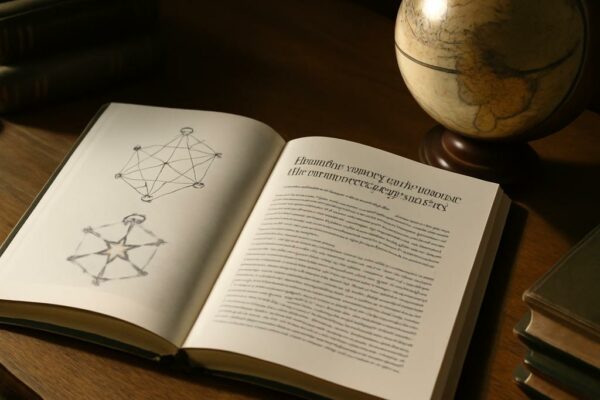
Large Subgroups Reveal Hidden Symmetries in Classical Groups
Introduction: A hidden map inside symmetry In the vast landscape of mathematics, symmetry is a compass. It tells us how a shape can bend, twist, or permute without changing its essential character. The field of finite group theory is a grand atlas of these symmetries, cataloging how objects can be rearranged and still look the…
























